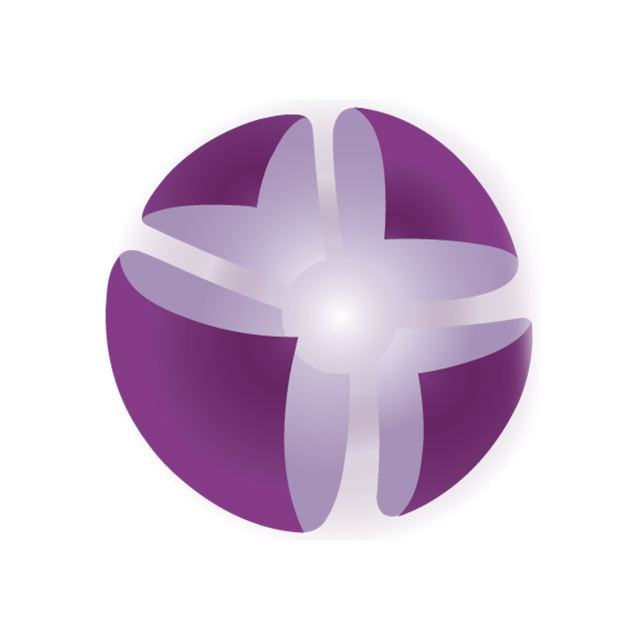A curated ultimate glossary to put you in the know to make it easier to navigate next project.
1. NVMe
NVMe (Non-Volatile Memory express) is a host controller interface and storage protocol created to accelerate the transfer of data between enterprise and client systems and solid-state drives (SSDs) over a high-speed Peripheral Component Interconnect Express (PCIe) interface.
2. NVMe over Fabrics (NVMe-oF)
NVMe over Fabrics (NVMe-oF) is a technology specification designed to enable NVMe commands to transfer data between a host computer and a target solid-state storage device or system over a network, such as Ethernet, Fibre Channel (FC) or InfiniBand.
3. NVMe/TCP
NVMe/TCP is a transport option for NVMe-oF that extends NVMe across the entire data center using simple and efficient TCP/IP fabric.
4. TCP/IP
TCP/IP, or the Transmission Control Protocol/Internet Protocol, is a suite of communication protocols used to interconnect network devices on the internet.
5. RDMA
Remote Direct Memory Access (RDMA) is a technology that allows computers in a network to exchange data in main memory without involving the processor, cache or operating system of either computer.
6. TLC Flash
TLC flash (Triple-Level Cells) is a type of NAND flash memory that stores three bits of data per cell.
7. QLC Flash
QLC flash (Quad-Level Cells) is a type of NAND flash memory that stores four bits of data per cell.
8. SaaS
Software as a Service (SaaS) is a software distribution model in which a third-party provider hosts applications and makes them available to customers over the Internet. STaaS is one of three main categories of cloud computing, alongside infrastructure as a service (IaaS) and platform as a service (PaaS). Lightbits block storage software can be consumed on IaaS platform providers, such as Lightbits block storage on the AWS Marketplace and Lightbits block storage on the Azure Marketplace.
9. PaaS
Platform as a service (PaaS) is a cloud computing model in which a third-party provider delivers hardware and software tools — usually those needed for application development — to users over the internet. A PaaS provider hosts the hardware and software on its own infrastructure. As a result, PaaS frees developers from having to install in-house hardware and software to develop or run a new application. Lightbits block storage is used by PaaS providers, an example is AI Cloud platform provider Crusoe.
10. HCI
Combine storage, compute, and networking into a single system with Hyper-Converged Infrastructure (HCI). This simplified solution uses software and servers to replace expensive, purpose-built hardware. Build a high-performance, scalable cloud using Lightbits block storage for VMware workloads running on-premises or on Azure VMware Solution (AVS).
11. Persistent Storage for Containers
By default containers are ephemeral, meaning that any data stored within them is lost when the container shuts down or is terminated. Persistent storage for containers allows data to persist beyond the lifespan of individual containers, enabling stateful applications such as databases and other data-intensive workloads to run effectively within containerized clusters.
12. Openstack
OpenStack is an open-source cloud platform that manages distributed compute, network and storage resources, aggregates them into pools, and allows on-demand provisioning of virtual resources through a self-service portal. Lightbits block storage is included in OpenStack Yoga®. With Lightbits, OpenStack clusters have access to software-defined block storage that delivers cloud-native, high-performance, scale-out, and highly available NVMe/TCP storage.
